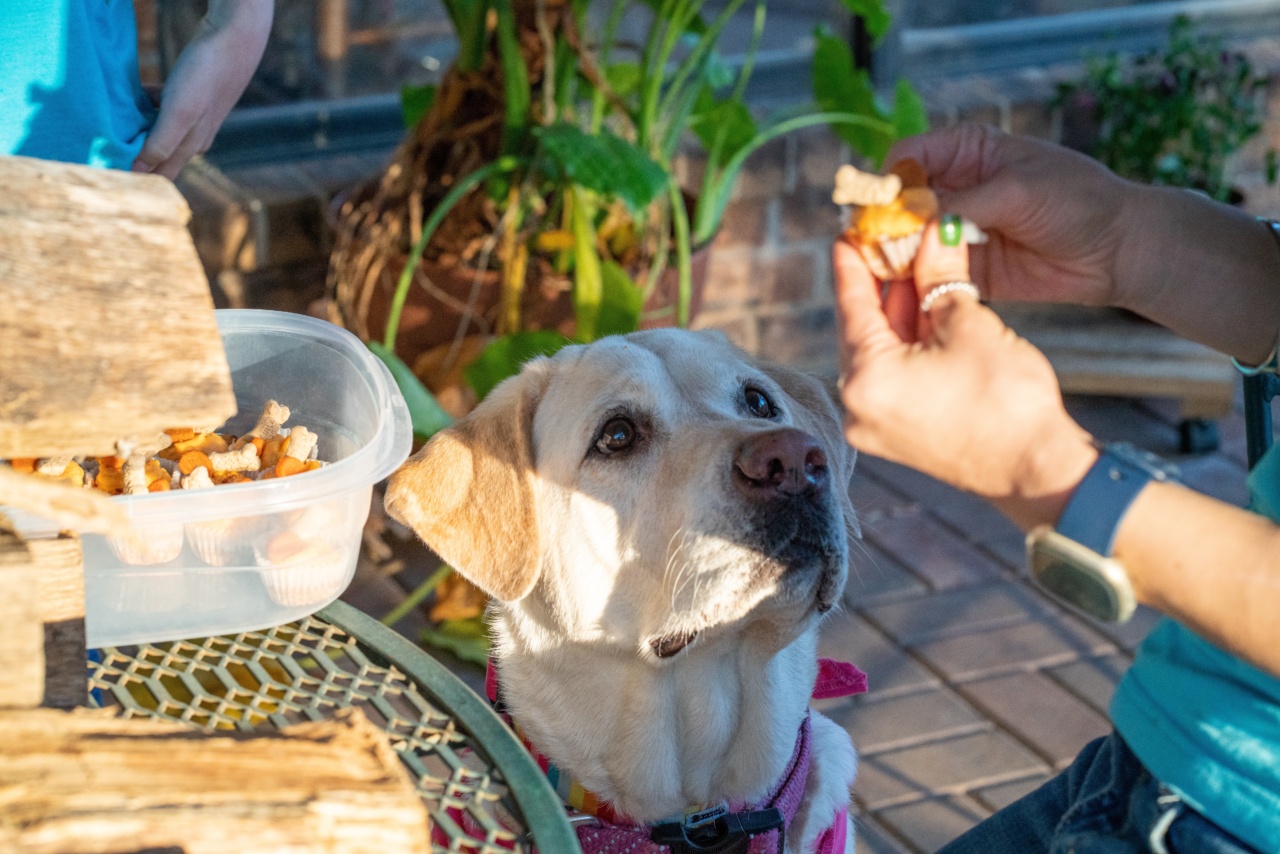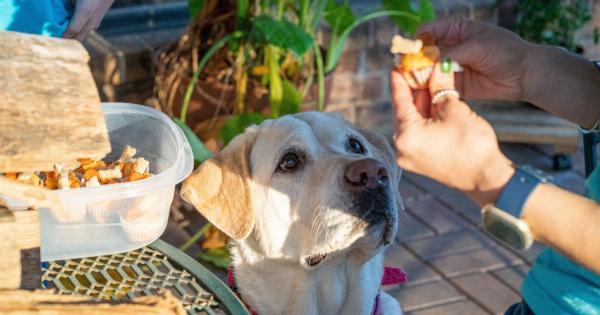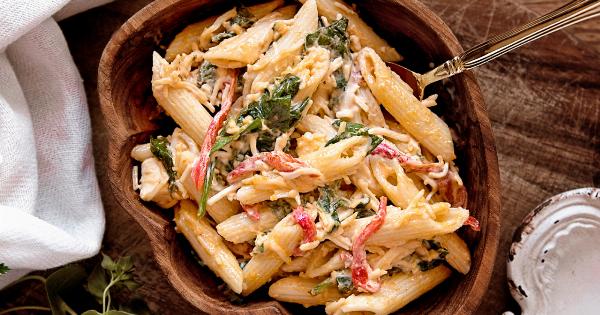As dog owners, we often love to spoil our furry friends with treats. Whether it’s rewarding them for good behavior or simply showering them with love, treats are a great way to show our affection.
However, it’s important to remember that not all treats are created equal, and some can even be harmful to your dog’s health. In this article, we will discuss why you should be cautious when giving your dog treats and what to look out for.
The dangers of unhealthy treats
1. Obesity: One of the biggest concerns with giving your dog too many treats is the risk of obesity. Just like humans, dogs can gain weight and become overweight or even obese.
This can lead to a whole host of health problems, including diabetes, heart disease, and joint issues. It’s important to choose treats that are low in calories and to monitor your dog’s overall calorie intake.
2. Allergies: Some dogs have allergies or sensitivities to certain ingredients commonly found in treats. Common allergens include grains (such as wheat or corn), dairy, soy, and certain proteins.
It’s important to read the ingredient list carefully and to avoid treats that contain ingredients that your dog is allergic or sensitive to.
3. Digestive issues: Certain treats can upset your dog’s digestive system, leading to symptoms such as diarrhea, vomiting, or gas. This can be particularly problematic if your dog has a sensitive stomach or a history of digestive issues.
It’s best to introduce new treats slowly and in moderation to avoid any potential digestive upset.
Choosing the right treats for your dog
1. Read the labels: Before purchasing any treats, be sure to read the labels carefully. Look for treats that are made from high-quality ingredients and are free from artificial additives, preservatives, and fillers.
Avoid treats that have a long list of unpronounceable ingredients or are high in sugar and salt.
2. Consider your dog’s specific needs: Every dog is different, and what works for one may not work for another. Consider your dog’s age, size, breed, and any specific dietary needs or restrictions they may have.
For example, puppies may require softer treats specifically designed for their developing teeth, while senior dogs may benefit from treats that promote joint health.
3. Opt for natural and wholesome treats: Natural and wholesome treats are a great choice as they are typically made from real meat, fruits, vegetables, or whole grains.
These treats are usually packed with nutrients and are less likely to contain any harmful additives or fillers. Look for treats that are minimally processed and made in reputable facilities.
The importance of portion control
1. Measure the treats: It’s easy to get carried away when showering your dog with treats, but it’s important to practice portion control. Many treats come in various sizes or can be easily broken into smaller pieces.
Use a measuring cup or kitchen scale to ensure that you are giving your dog the appropriate amount of treats for their size and daily calorie needs.
2. Adjust the main meal: If you find yourself giving your dog too many treats throughout the day, you may need to adjust their main meal to compensate for the extra calories.
Consult with your veterinarian to determine the appropriate feeding guidelines based on your dog’s weight, age, and activity level.
3. Use treats as a supplement, not a replacement: Treats should never replace your dog’s main meals or become a significant portion of their daily calorie intake.
Remember that treats are meant to be given in addition to a balanced and nutritious diet. If you have concerns about your dog’s weight or overall health, consult with your veterinarian.
Signs that your dog may be having issues with treats
1. Upset stomach: If your dog experiences digestive upset such as diarrhea, vomiting, or excessive gas shortly after consuming treats, this could be a sign that the treats are not agreeing with them.
Monitor their symptoms and consider discontinuing the treats if the issues persist.
2. Allergic reactions: Keep an eye out for any signs of allergic reactions such as itching, redness, swelling, or hives.
If you suspect that your dog may be having an allergic reaction to a particular treat, discontinue use immediately and consult with your veterinarian.
3. Weight gain: Regularly monitor your dog’s weight and body condition. If you notice that your dog is gaining weight despite no changes in their overall diet and exercise routine, it could be a result of excessive treat consumption.
Adjust their treat intake accordingly to maintain a healthy weight.
Conclusion
While treats can be a wonderful way to bond with your dog and show them some extra love, it’s crucial to approach treat-giving with caution.
Be mindful of the potential dangers of unhealthy treats, choose wisely when selecting treats for your dog, practice portion control, and keep an eye out for any signs of issues. By being cautious and proactive, you can ensure that your dog stays happy, healthy, and well-nourished.





























